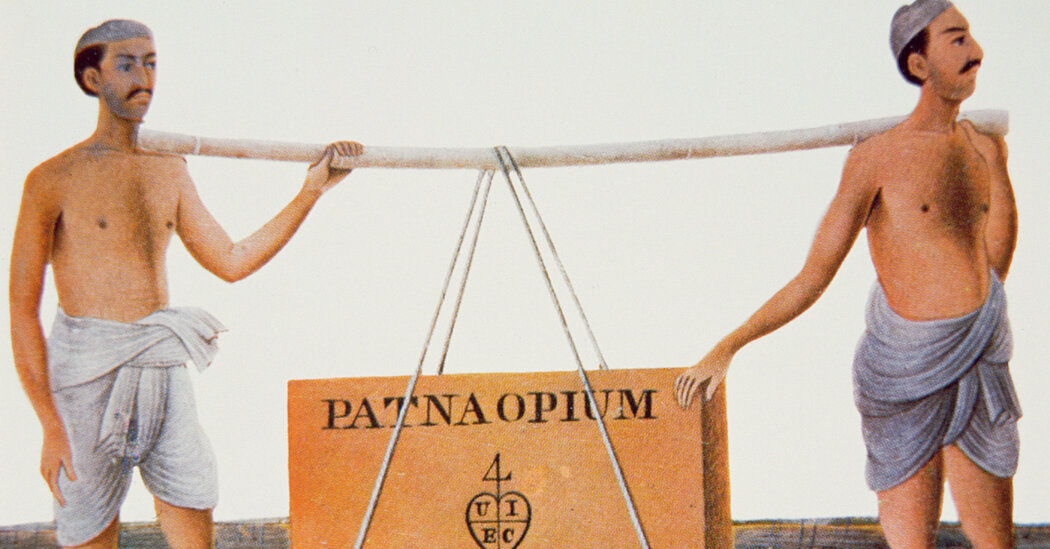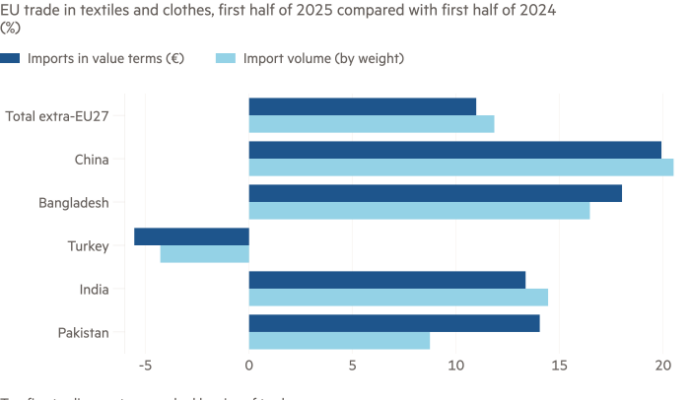
SMOKE AND ASHES: Opium’s Hidden Histories, by Amitav Ghosh
Biographies of humble things that their authors claimed had “changed the world” — chronometers, salt, potatoes and even the color mauve — were a turn-of-the-21st-century publishing phenomenon. Looking back, they seem fixated on European heroes and their achievements. As Amitav Ghosh observes at the beginning of his bracing new history of the global opium trade, it’s hard to see past a Western conception of the world that “looms so large that it obscures everything else.”
“Smoke and Ashes” is the story of what started with Ghosh’s research for his best-selling Ibis trilogy of historical novels. But it takes its place more urgently as what might be called the third volume of a nonfiction “Anthropocene” trilogy. Like “The Great Derangement” and “The Nutmeg’s Curse,” historical-philosophical parables about climate change and the East Indies spice trade, “Smoke and Ashes” steers the “object biography” on a corrected course away from the West. It finds the seeds of today’s global opium crisis in colonial strategy — and free trade — in the East.
Ghosh begins his investigation with tea. By the 18th century, England had come to regard the thousand-year-old Chinese beverage as its unofficial national drink, to the extent that an act of Parliament required the monopoly-holding East India Company to keep a year’s supply in stock. Customs duties on tea — of up to 125 percent — amounted to nearly a tenth of Britain’s revenue, bankrolling its wars. Yet China required little from Britain apart from payment in silver, which the nation found increasingly inconvenient to source. Britain realized it could solve this “balance of trade problem” by increasing its Indian colonies’ “small but brisk” opium trade.
The “Opium Department” took control of the details of the business, especially in the East, forcing more than a million peasant households to plant a white opium poppy monoculture. At one end of this continuum of stable production and supply was a sophisticated bureaucracy of informants and strict quotas; on the other were fortresslike factories.
Although China had partially enforced a ban on opium importation since 1729, heavily guarded ships took the product from the Ghazipur and Patna factories to Calcutta, where it was auctioned to “private traders,” transported on their ships to the Pearl River and sold to Chinese smugglers. After the two Opium Wars that ultimately demolished Chinese resistance, foreign merchants would appropriate an island in Canton (what European traders called Guangzhou) as their center of operations, from which Chinese people and Chinese rule of law were excluded.


